Philanthropic pioneers across education, conservation, health and culture , on key issues in the rapidly changing world of philanthropy. In association with UBS Optimus Foundation

Patrizia Sandretto Re Rebaudengo is the founder and President of Fondazione Sandretto Re Rebaudengo. After graduating in Economy and Business at Turin university, she approached the world of contemporary art as a collector, in the early 1990s.
The cultural educationist
Who: Patrizia Sandretto Re Rebaudengo
What: Founder and president, Sandretto Re Rebaudengo Foundation
Where: Italy Achievements: Creating one of Italy’s leading contemporary art foundations and cultural education programmes together with the Italian Ministry of Culture; creating a new environmental and cultural centre from the island of San Giacomo, Venice.
LUX: How does educational philanthropy work effectively?
PSRR: In the educational workshops of the Sandretto Re Rebaudengo Foundation – the non-profit contemporary art centre I have led since 1995 – children are involved in activities designed to develop creativity, collaboration and mutual trust.
The challenge is precisely to imagine and then structure, within a contemporary-art museum, a dynamic learning and growth experience for a small group. I think it is very important to think of the museum as an educational agency, capable of promoting an education based on respect, coexistence, plurality. Philanthropy comes later and accordingly.

Works from “Visual Persuasion”, an exhibition by Pauline Olowska at the Sandretto Re Rebaudengo Foundation, Turin, 2023-24
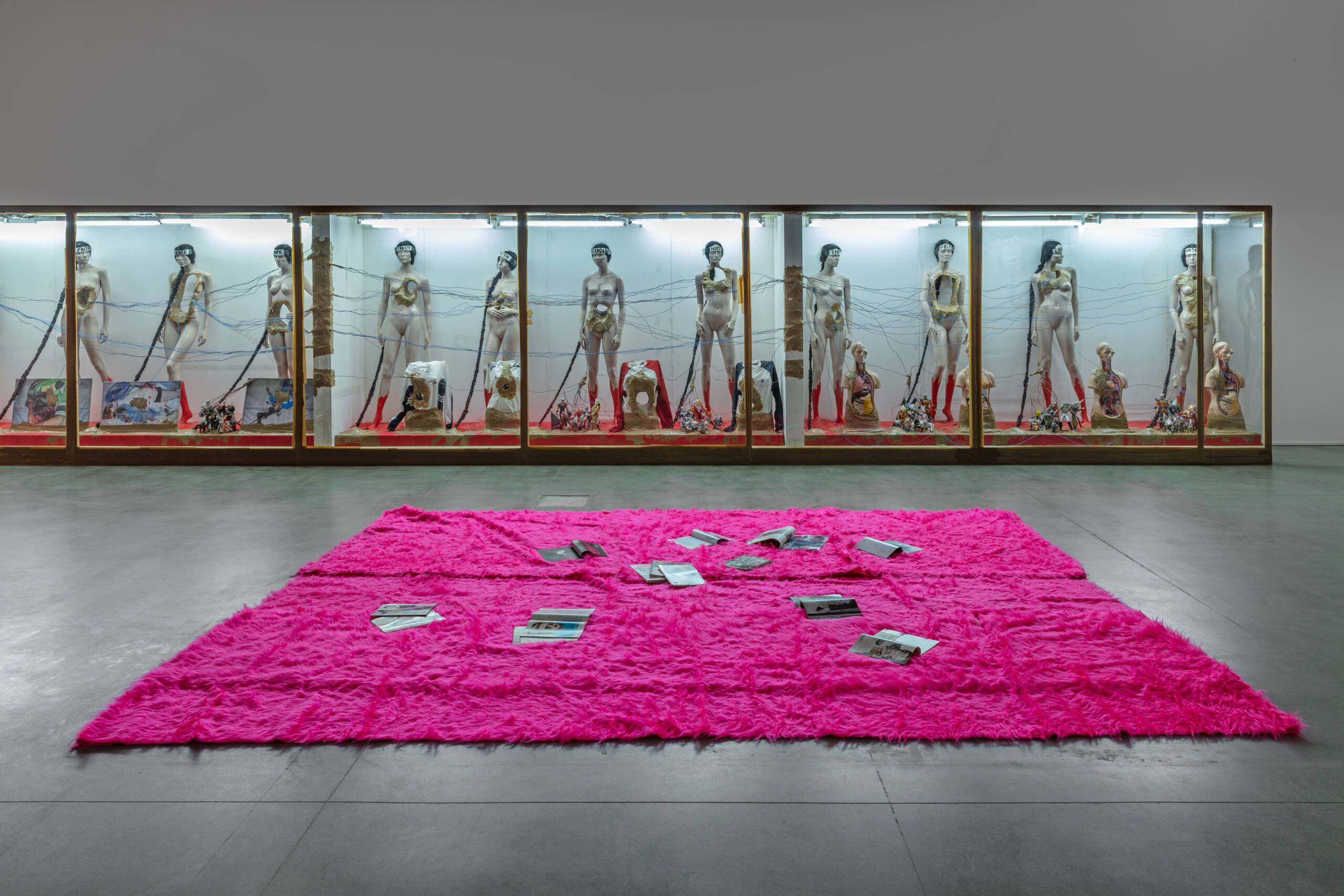
Works from “Visual Persuasion”, an exhibition by Pauline Olowska at the Sandretto Re Rebaudengo Foundation, Turin, 2023-24
Follow LUX on instagram: luxthemagazine
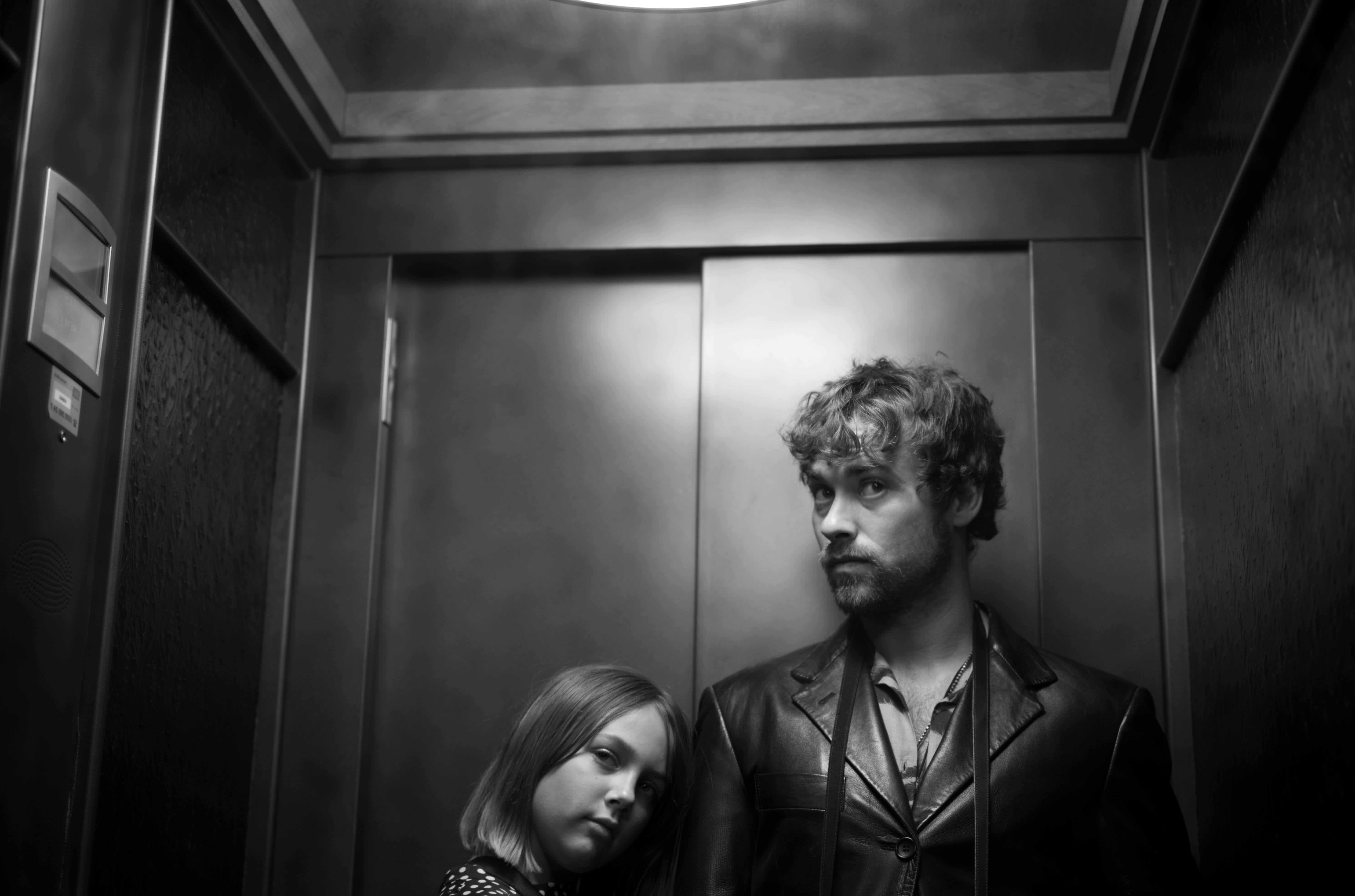
Self-portrait of Nachson Mimran and his daughter in Gstaad, Switzerland; October 2022; photographed by Nachson Mimran
The philanthropist entrepreneur
Who: Nachson Mimran
What: co-founder, to.org
Where: Switzerland Achievements: Developing a game-changing organisation combining philanthropy, investment, startup accelerator and socialenterprise multiplier.
LUX: Are the lines between philanthropy and profit-with-purpose getting blurred?
NM: Operationally, these lines cannot be “blurred” but business can support philanthropy. Our investment arm, TO Ventures, invests in teams that are building high-growth, high-impact, early-stage technology businesses across sectors to solve critical challenges for society and the environment. Returns from the TO Ventures programme finance the TO Foundation.
Additionally, in 2022, my brother Arieh co-founded with our nephew Joshua Phitoussi a dedicated decarbonisation fund, TO VC, spun out of the TO Ventures programme. Wasoko – a TO Ventures portfolio company – is Africa’s leading e-commerce B2B platform.
Working with major suppliers like P&G and Unilever, Wasoko accesses lower prices for mom-and-pop retailers across the continent, who can order fast-moving consumer goods on demand, allowing end customers to access goods more consistently and at more affordable prices. The company also recently announced that it is in merger talks with MaxAB, another TO Ventures portfolio company
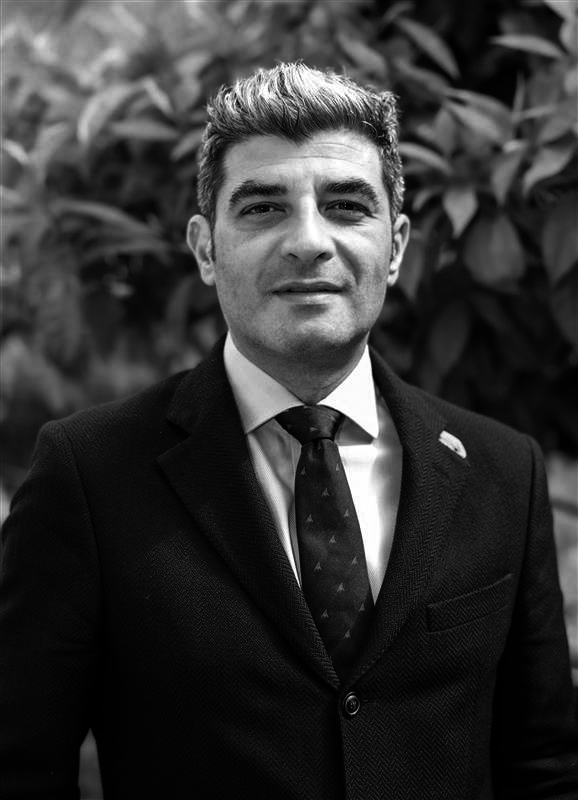
In 2019, Olivier Wenden was appointed by HSH Prince Albert II of Monaco, Vice-President and CEO of the Foundation. Prior to this, he served as the Foundation’s Executive Director and Secretary General from 2014.
The national foundation director
Who: Olivier Wenden
What: CEO and Vice Chair, Prince Albert II of Monaco Foundation
Where: Monaco Achievements: Launching an ocean fund; running an annual ocean-week initiative bringing together investors, NGOs, philanthropists, entrepreneurs and institutions; creating a new Ocean Innovators platform.
LUX: How do you measure the impacts of your projects and initiatives?
OW: We ask each project we fund to complete final reports highlighting the results achieved in relation to the initial objectives. The indicators depend on the nature of the project itself and may, for example, indicate the surface area of a protected zone at sea or on land that the project contributed to extend, or the number of people in a community helped by a solution deployed.
Each year, we use this and other data to draw up an impact report, which we give to our benefactors so we can be transparent about the financial grants committed and the results achieved. Finally, we carry out audits on projects in the field to ensure that everything is aligned with our values and according to the established agreement.
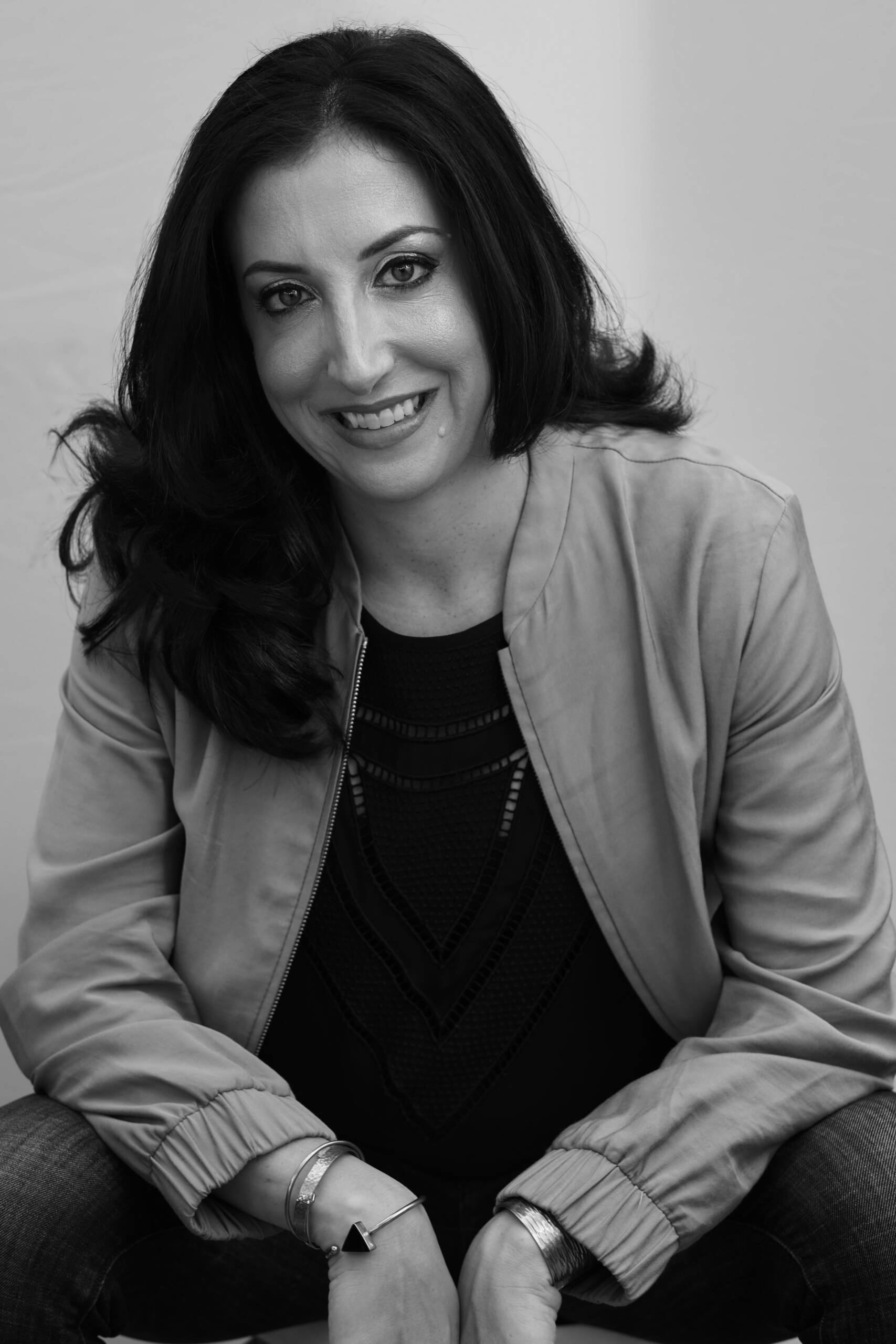
Jessica Posner Odede is the CEO of Girl Effect, an international non-profit that builds media girls want, trust and need — from chatbots to chat shows and TV dramas to tech. Girl Effect’s content helps girls make choices and changes in their lives.
The female enabler
Who: Jessica Posner Odede
What: CEO, Girl Effect
Where: Kenya Achievements: running an international foundation bringing lasting education, enabling tools and enlightenment on fundamental health and education questions to girls in developing countries.
LUX: How do you leverage technology to achieve change?
JPO: Working online and offline, we move cautiously. We built a generative AI chatbot in a week to speak to girls about health and related questions for which they did not otherwise have access to answers; it spoke the way the kids speak, but it also “hallucinated”.
It made up information, whole sets of things that were just not true. So until we can launch a generated AI chatbot that doesn’t have the risk of promoting misinformation, we are using a much more manual chatbot.
Nonetheless, this project is a powerful example of how AI actually enables millions of girls across the world to access new opportunities and new services, and to enable themselves at massive scale, which we could have never done before.
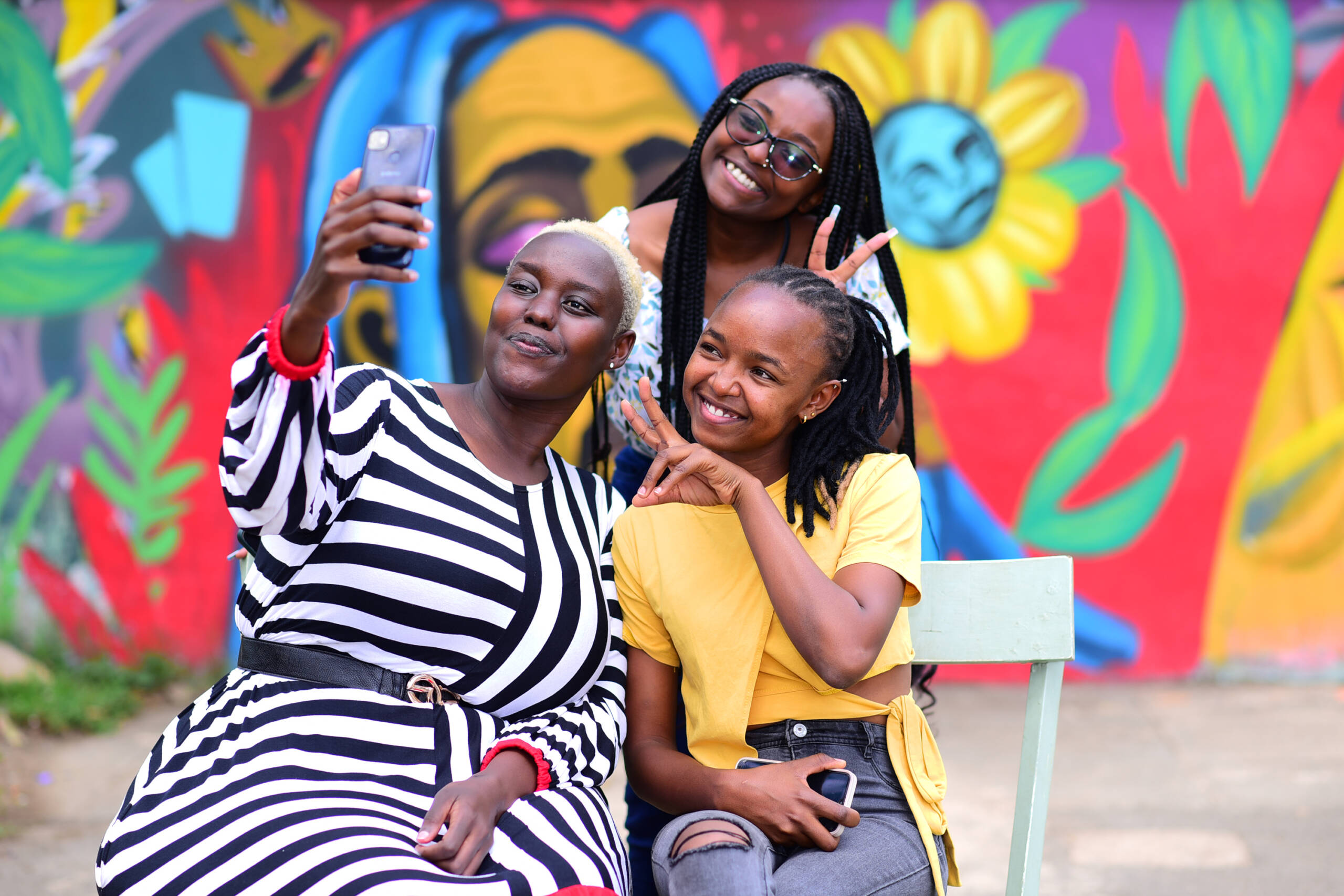
A captured moment with Girl Effect, which supports girls in developing countries at every stage and pressure point in their life journeys
Read more: Hansjörg Wyss on his pioneering work in conservation
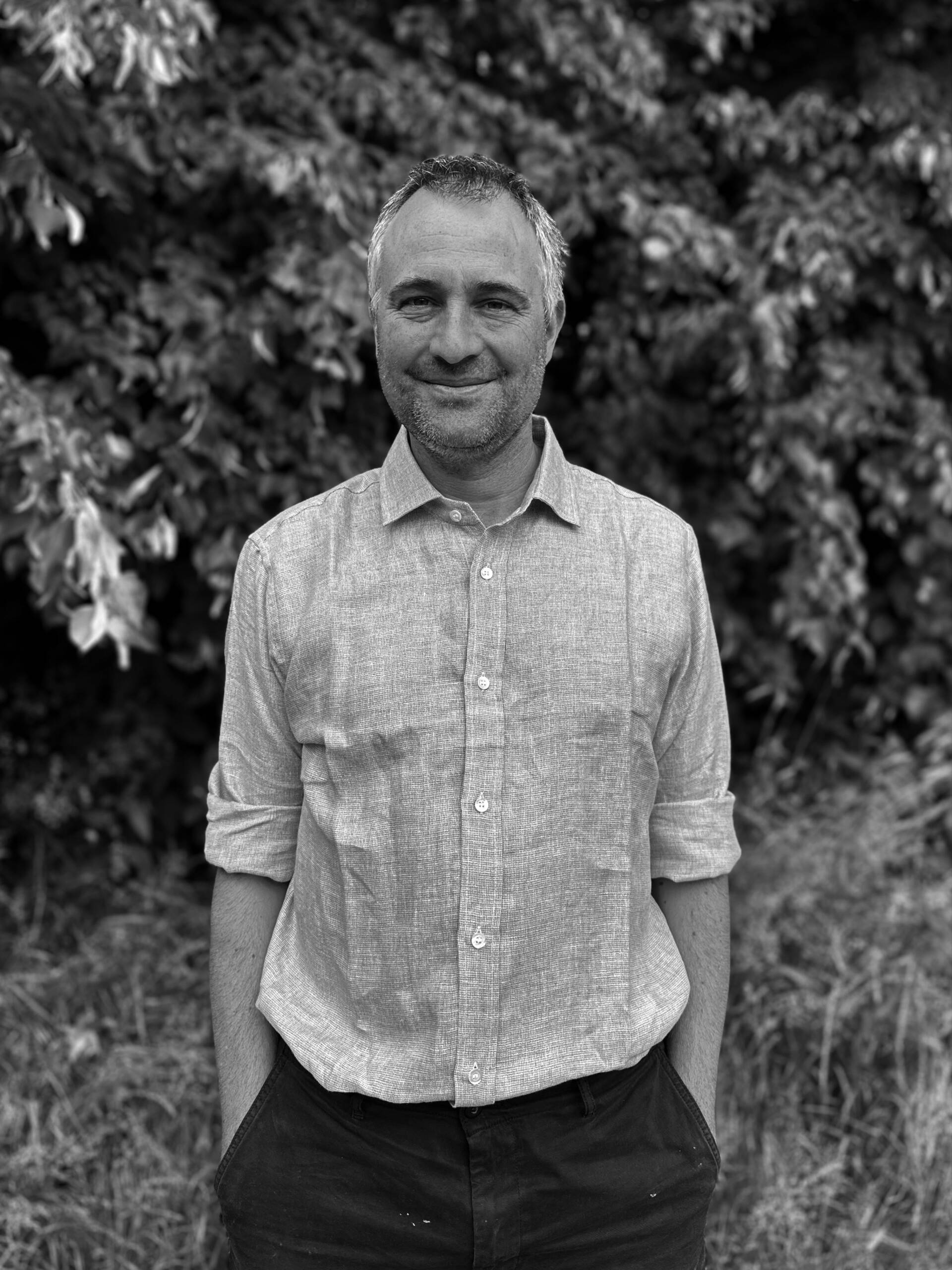
Ben Goldsmith is a British financier, philanthropist and environmentalist who has been at the forefront of campaigns for more rewilding in Britain and Europe. He founded and chairs the Conservation Collective, a network of locally-focused environmental foundations.
The conservationist
Who: Ben Goldsmith
What: Founder and chair, Conservation Collective
Where: UK Achievements: bringing together 20 individual conservation and environmental initiatives around the world under a single umbrella that provides expertise, leverage and effective tools.
LUX: Why does the environment matter?
BG: Environmental degradation is in a spiral with human suffering.
It’s always the poorest who suffer the hardest and the most when it comes to environmental pollution. The most obvious pathway to lifting people out of degradation is restoration.
More fish in the sea means fewer hungry people, healthier soil means more resilient food supply. Climate change is about a surfeit of carbon in the atmosphere; more nature means more carbon drawn out of the atmosphere.
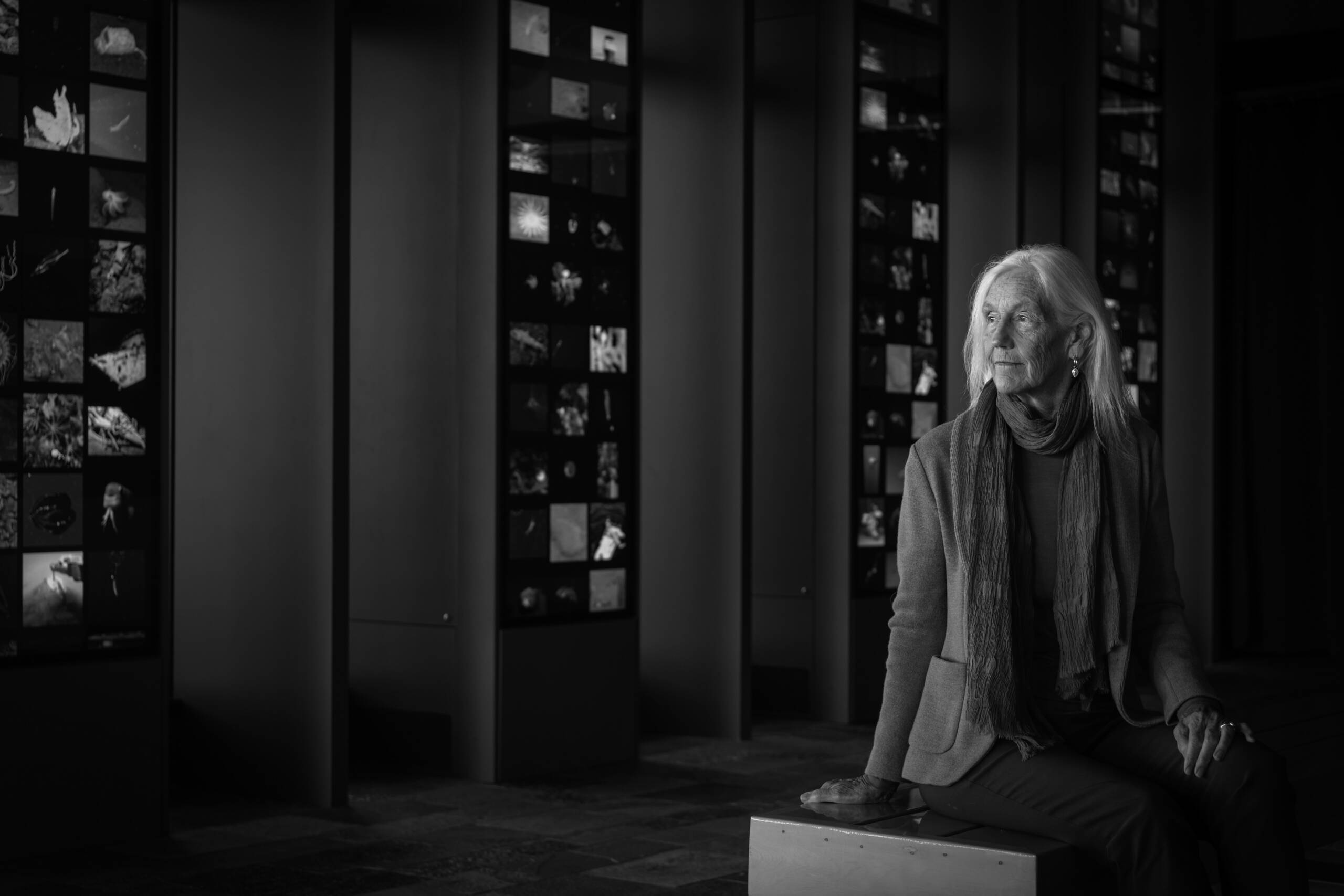
Julie Packard is executive director of the Monterey Bay Aquarium, which she helped found in the late 1970s. She is an international leader in the field of ocean conservation, and a leading voice for science-based policy reform in support of a healthy ocean.
The ocean conservationist
Who: Julie Packard
What: Vice Chair, David and Lucile Packard Foundation
Where: US Achievements: Establishing and directing the gold standard for sustainable seafood; transforming the small fisheries industry in parts of Southeast Asia; funding education and research into ocean conservation in the US; founding the Monterey Bay Aquarium.
LUX: What have you learned through your educational programmes?
JP: When we opened the Aquarium 40 years ago, I thought the hardest part would be keeping the animals and exhibits healthy.
It turns out that our biggest challenge is on the dry side of the exhibits – how to engage people and get them to care on a personal level.
Our research has shown that it starts by drawing people into the awe, wonder and joy found in the ocean realm, then engaging them in learning more, casting a positive, hopeful vision of the future, giving people a way to help turn that vision into reality.
That’s true whether we’re talking to Aquarium guests about using less unnecessary plastic, or working with business partners to show the benefit to their bottom line of embracing sustainable seafood purchasing practices.

A mauve comb jelly, aka mauve stinger, seen at Monterey Bay Aquarium’s “Into the Deep” exhibition
Tom Hall is the Global Head of Social Impact & Philanthropy at UBS
“We have to be smart about how we allocate both philanthropic and investment capital, and we have to work in partnership with all of civil society”
Maya Ziswiler is Chair of the UBS Optimus Foundation
“How can you take advantage of your passion with rational thinking to ensure you’re actually having an impact, and working with others to maximise that?”
In association with UBS


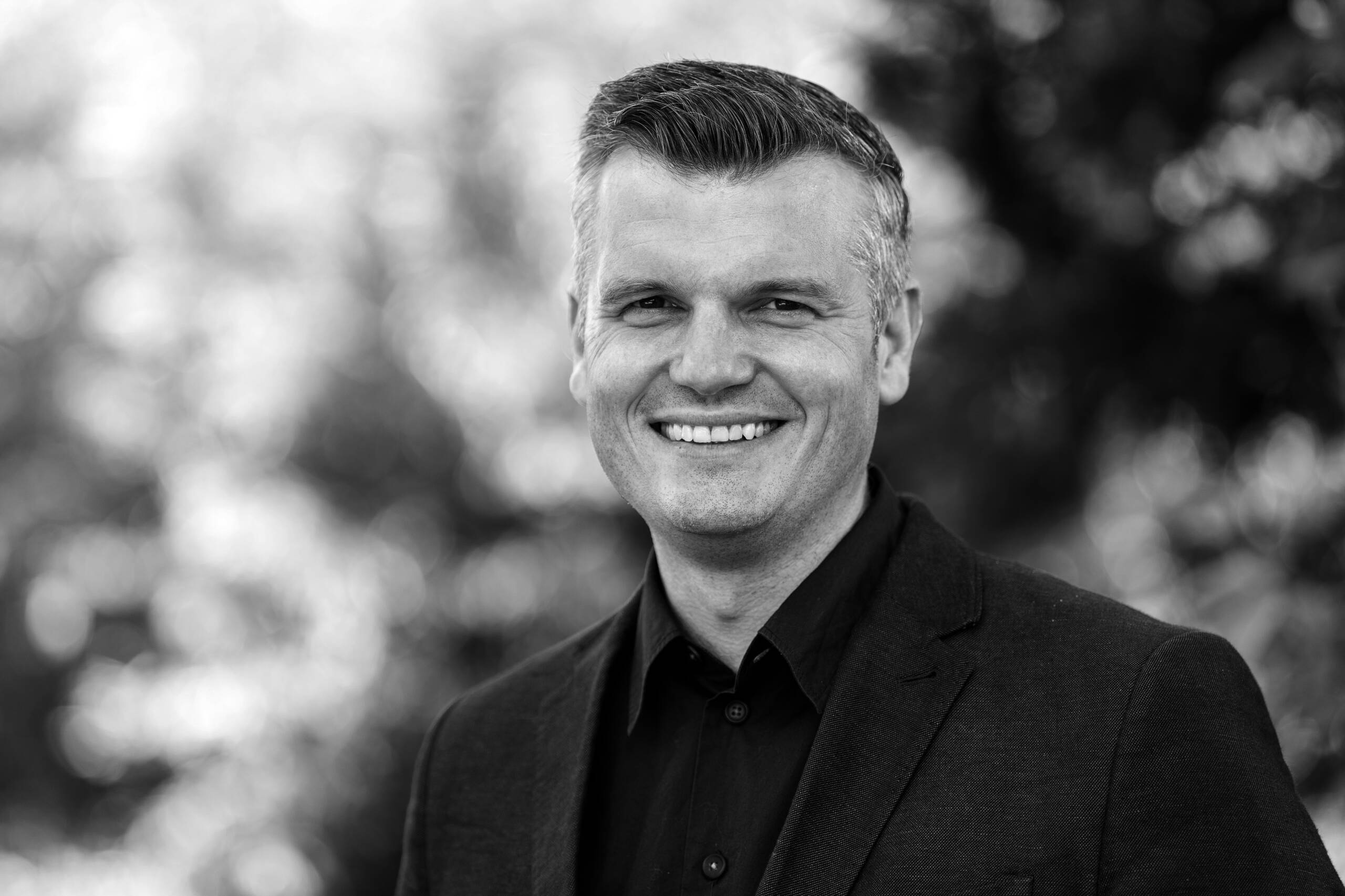
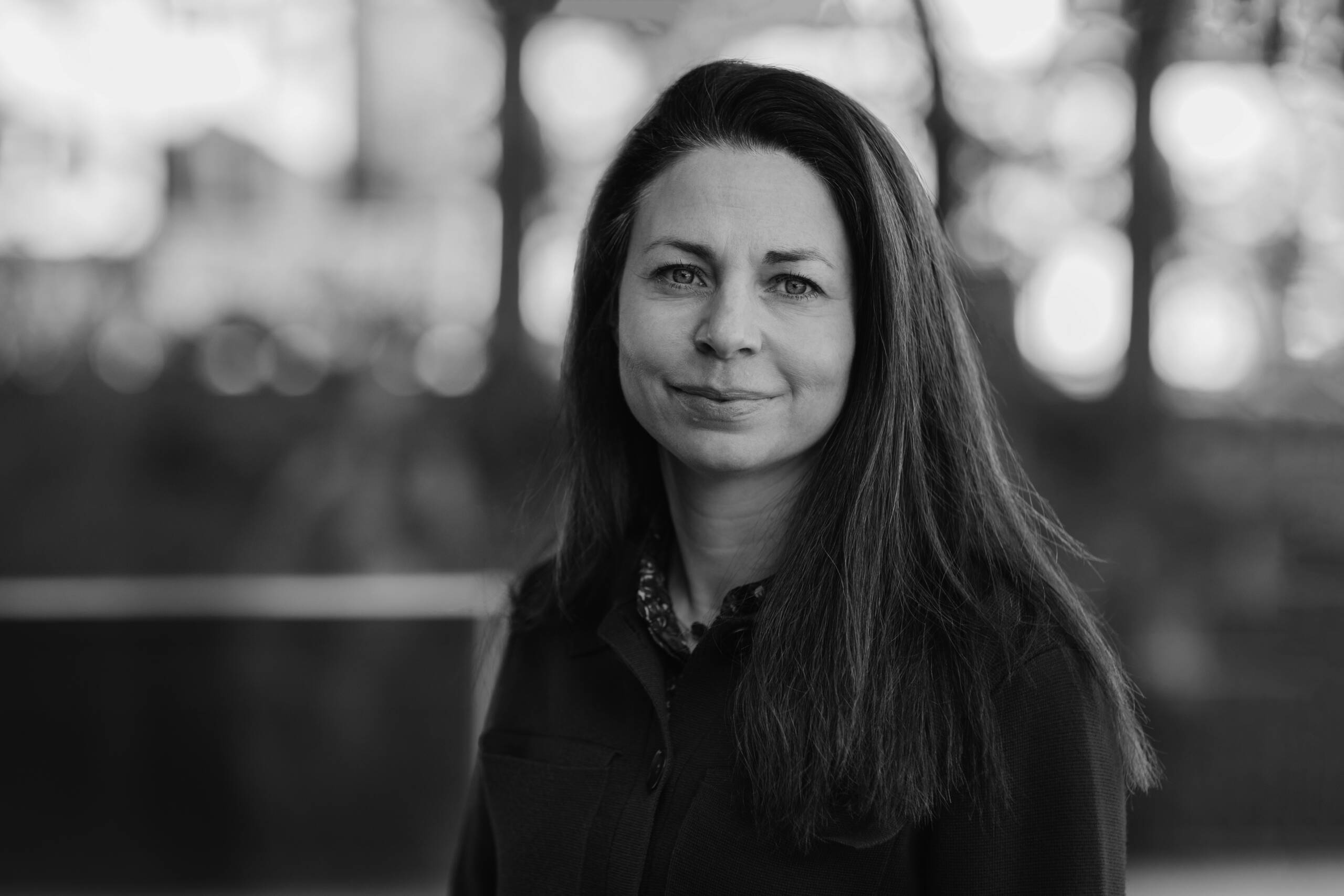





Recent Comments